In the wake of the global pandemic’s impact on the U.S. job market, a persistent question lingers in the minds of employers nationwide: “Why is there a pervasive shortage of staff everywhere?” While this dilemma has troubled employers for several years, the answer is far from straightforward.
For business owners, the quest for qualified personnel to fill internal roles has become a challenging endeavor. Furthermore, external factors such as shortages among suppliers, vendors, or partner companies have resulted in disruptions to day-to-day operations due to supply chain complications.
Understanding the root causes of this labor shortage and exploring potential solutions is essential for making informed decisions that benefit your business.
Factors Contributing to the U.S. Labor Shortage
Let’s delve into the key issues that have significantly impacted staffing levels.
- Unemployment Post-Pandemic: The struggle to find qualified workers became evident towards the end of the initial pandemic disruption, and it has persisted. Several factors related to the pandemic have contributed to this staffing shortage. The tragic loss of more than one million lives in the United States due to COVID-19 significantly reduced the available workforce. Additionally, pandemic-related stimulus and unemployment payments prompted many individuals to reassess their career choices, leading to a higher demand for entry-level positions in industries such as manufacturing and hospitality. For instance, approximately 93% of all manufacturing companies are grappling with hiring entry-level workers, a trend echoed in the hospitality, food, retail, and healthcare sectors.
- Workers Aging Out: Some individuals occupying critical positions before the pandemic were nearing retirement. Faced with unemployment benefits or concerns about their health and safety, some chose early retirement, exiting the workforce. Even those not close to retirement age prioritized their health over their careers, with many deeming in-person work too risky. The financial cushion provided by pandemic unemployment benefits allowed many families to continue staying at home. These concerns are particularly pronounced for those who are immunocompromised, have young children, or live with elderly family members. The closure of schools and staffing shortages in daycares and nursing homes have made it challenging for some individuals to secure care for their family members, hindering their ability to take jobs with fixed hours.
- Work-Life Balance: During the pandemic, unemployment rates soared. While many people felt pressure to find new employment, others utilized their free time to regain a healthier work-life balance and reconnect with friends and family. Today, employees continue to prioritize this balance and are often unwilling to return to jobs that encroach on their personal lives.
- Remote Work: Remote work became the norm during pandemic lockdowns, and studies demonstrated increased productivity in this setting. Many individuals benefited from reduced commuting costs and a more conducive, private work environment. Companies that do not offer remote work options may struggle to attract employees back to in-office roles, exacerbating staffing shortages in certain industries.
Solutions for Addressing Staffing Shortages in Your Industry
So, how can you navigate the challenges posed by staffing shortages in your company?
- Adapt to Changing Needs: Today’s employees value work-life balance while remaining committed to achieving their career aspirations. Implementing innovative ideas, flexible schedules, and minor adjustments can make employees feel valued and heard, fostering a more conducive working environment and reducing turnover. Acknowledging talent and offering support for employees’ career or life goals can also boost morale and retention. If the issue lies with vendors or external parties, consider engaging in dialogue with company management to collaboratively address the problem.
- Work with a Staffing Agency: Despite the current unemployment rate, which stood at 3.4% as of February 2023 according to the Bureau of Labor Statistics, there is still a pool of skilled labor available for your company. If you struggle to find suitable candidates, consider partnering with a staffing agency like Alternative Staffing. These agencies specialize in selecting motivated, talented employees to fill various positions, facilitating the alignment of people and companies with shared goals for a thriving workforce.
Resolving Staffing Shortages in Your Industry
Overcoming the challenge of labor shortages may seem daunting, but with innovative strategies and the assistance of a staffing agency, finding high-quality talent for key roles becomes achievable.
Alternative Staffing excels in matching skilled employees with positions where they can thrive and grow. With dedicated staffing solutions tailored to various industries, you can confidently identify the right fit for your open positions.
Instead of pondering the pervasive question, “Why is everywhere short staffed?” you can proactively seek answers to, “Where can I discover top-notch talent for my roles or recommend to our business partners?” The solution is clear—reach out to Alternative Staffing today to embark on the journey toward resolution.


